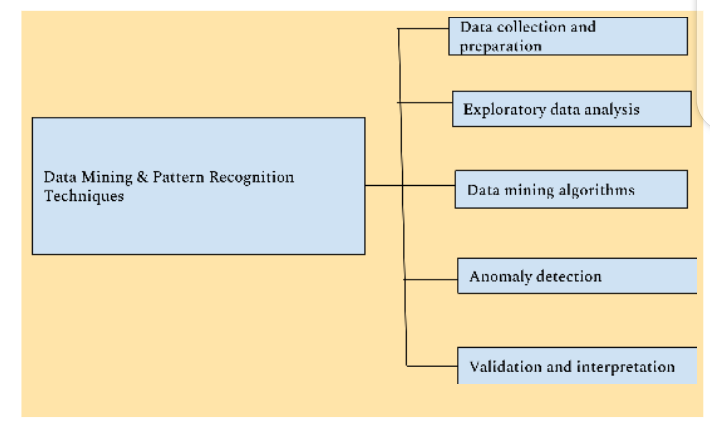Data analytics is the backbone of every business - it is the act of transforming a wide range of data into a powerful navigational tool in businesses. Thriving business owners often use it to make better business decisions. In today’s ever-changing world of big data, it is important for even the smallest business to make data-driven decisions to stand stronger in business competition.
Picture this: A company is faced with a critical decision that could shape its future. In the absence of any reliable data and statistics at hand, the decision-makers are left to sail aimlessly with their minds clouded with uncertainty and doubt, but if data analytics had been present since the company’s foundation this would have never been the story.

ALSO READ: The Impact Of Technology On Modern Workplace Productivity
The Roles Of Data Analytics In Businesses
● Improving decision-making process: Data analytics can improve the decision-making process of a business organization. It makes use of a systematic approach where clear objectives are first defined to align the analytics with business goals. Before conducting data analytics, businesses must first define their objectives. This involves monitoring their customers' behavior, purchase history, and feedback and identifying specific questions or problems that need to be addressed through data analytics. This will help them make the best decisions to drive good sales and keep their customers returning for more. For example, movie streaming platforms like Netflix, youtube, amazon prime video, and Hulu use data analytics to make better decisions about the movies and tv shows to recommend to specific users. They collect data on what the users watch, rate, and search for and use it to create personalized recommendations. As a result, their users are more likely to watch content that they enjoy, which keeps them engaged and subscribed to their service.
● Taking advantage of changing market dynamics or emerging opportunities: Data analytics also allows businesses to make the most use of little changes in the market. For example, since the emergence of social media marketing, marketers are able to carry out targeted advertisements. They can collect consensual data from social media platforms like Instagram, Facebook, Twitter, and WhatsApp regarding what individuals are talking about or searching for to run targeted advertisements on them. This boosts the marketer's leads and helps them stay in business.

● Identifying risks: Data analytics can be used to identify risks such as fraud, security breaches, or operational disruptions in businesses. This is done with the use of data mining and pattern recognition techniques which involved processes presented in the tree diagram below:

At the anomaly detection stage, the outliers of the big data collected by an organization are identified. The validation and interpretation stage is where the data outliers are confirmed to be truly risky and treated appropriately.
● Improving efficiency: Data analytics can be used to identify areas where operations can be improved in terms of efficiency. It can reduce cost, increase productivity, and take customer service to a higher level using automated tools. These automated data analytic tools will perform tasks like data entry, customer service, and marketing, freeing employees to focus on more strategic tasks that improve the company’s overall reputation.

Data analytics is the best way for businesses in various fields to reach their fullest potential in this age. It is a very easy and effective process when excellent data analytic services and tools are employed. From large enterprises to small businesses, data analytics has become a cornerstone of success, revolutionizing the way organizations operate and thrive in a data-centric world.
In conclusion, data analytics has emerged as a powerful tool for businesses to make informed and strategic decisions. This article has explained data analytics and the roles of data analytics in businesses. By investing in data analytics capabilities and fostering a data-driven mindset, businesses can gain a competitive advantage and stay ahead in today’s dynamic business landscape.



